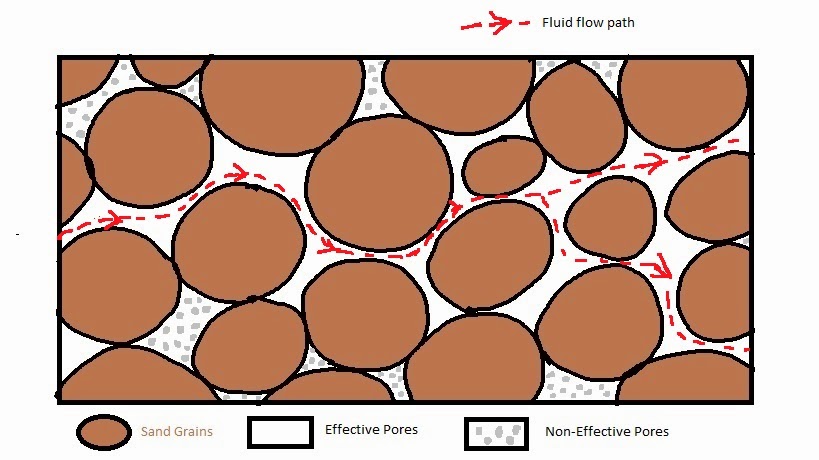GCBD is applied to extract the gas available in the gas cap of a reservoir after full extraction of the oil reserves. After the operator is convinced that the remaining oil volume can not be commercially extracted, the pressure energy preserved in the gas cap is no longer required. Hence, it can be allowed to deplete or depressurize and in the process gas can be produced for sales or other applications.
GCBD is carried out especially in oil-rim or oil-sheet type reservoirs where oil is sandwiched between an aquifer and a gas cap. It is carried out in several stages as described below.
Stage-I: Stop pressure maintenance, that is, shut-down any gas and water injection wells, while keep producing the oil producers as normal.
Stage-II: Open-up the high GOR wells previously shut-down. Keep producing oil and gas from other existing wells. GOR will increase in all the wells and eventually they will all become gas wells.
Stage-III: The down-dip wells will be watered-out. Shut-down any watered out wells. The water-front will gradually move up the reservoir watering out the gas wells one by one. At the end, the crestal most well.
The life-cycle of an oil rim under-going GCBD is shown in the following series of figures. Abbreviations: OP=Oil Producer, GI=Gas Injector, HGOR=High Gas Oil Ratio, GOR=Gas-Oil-Ratio, GP=Gas Producer.
GCBD is carried out especially in oil-rim or oil-sheet type reservoirs where oil is sandwiched between an aquifer and a gas cap. It is carried out in several stages as described below.
Stage-I: Stop pressure maintenance, that is, shut-down any gas and water injection wells, while keep producing the oil producers as normal.
Stage-II: Open-up the high GOR wells previously shut-down. Keep producing oil and gas from other existing wells. GOR will increase in all the wells and eventually they will all become gas wells.
Stage-III: The down-dip wells will be watered-out. Shut-down any watered out wells. The water-front will gradually move up the reservoir watering out the gas wells one by one. At the end, the crestal most well.
The life-cycle of an oil rim under-going GCBD is shown in the following series of figures. Abbreviations: OP=Oil Producer, GI=Gas Injector, HGOR=High Gas Oil Ratio, GOR=Gas-Oil-Ratio, GP=Gas Producer.
































